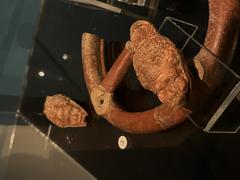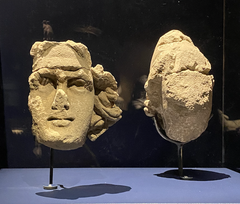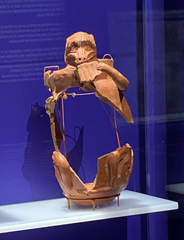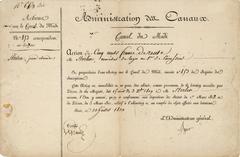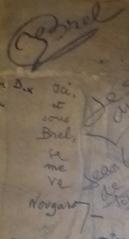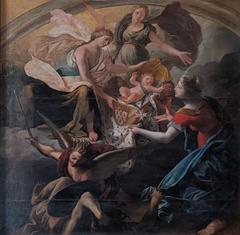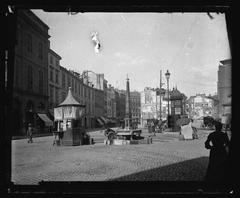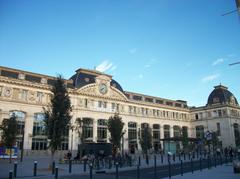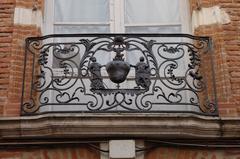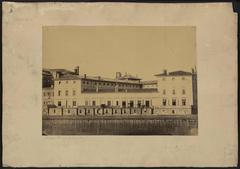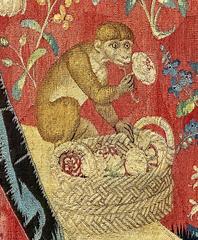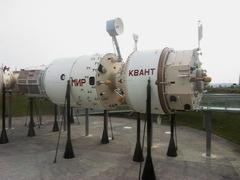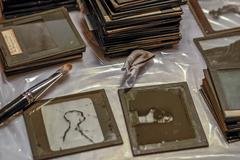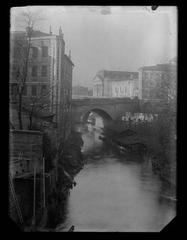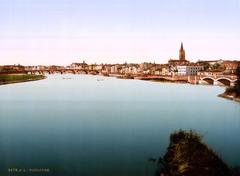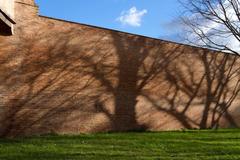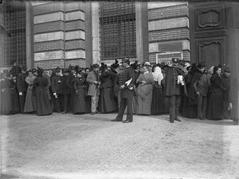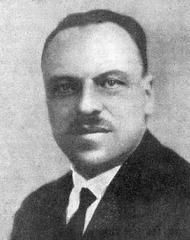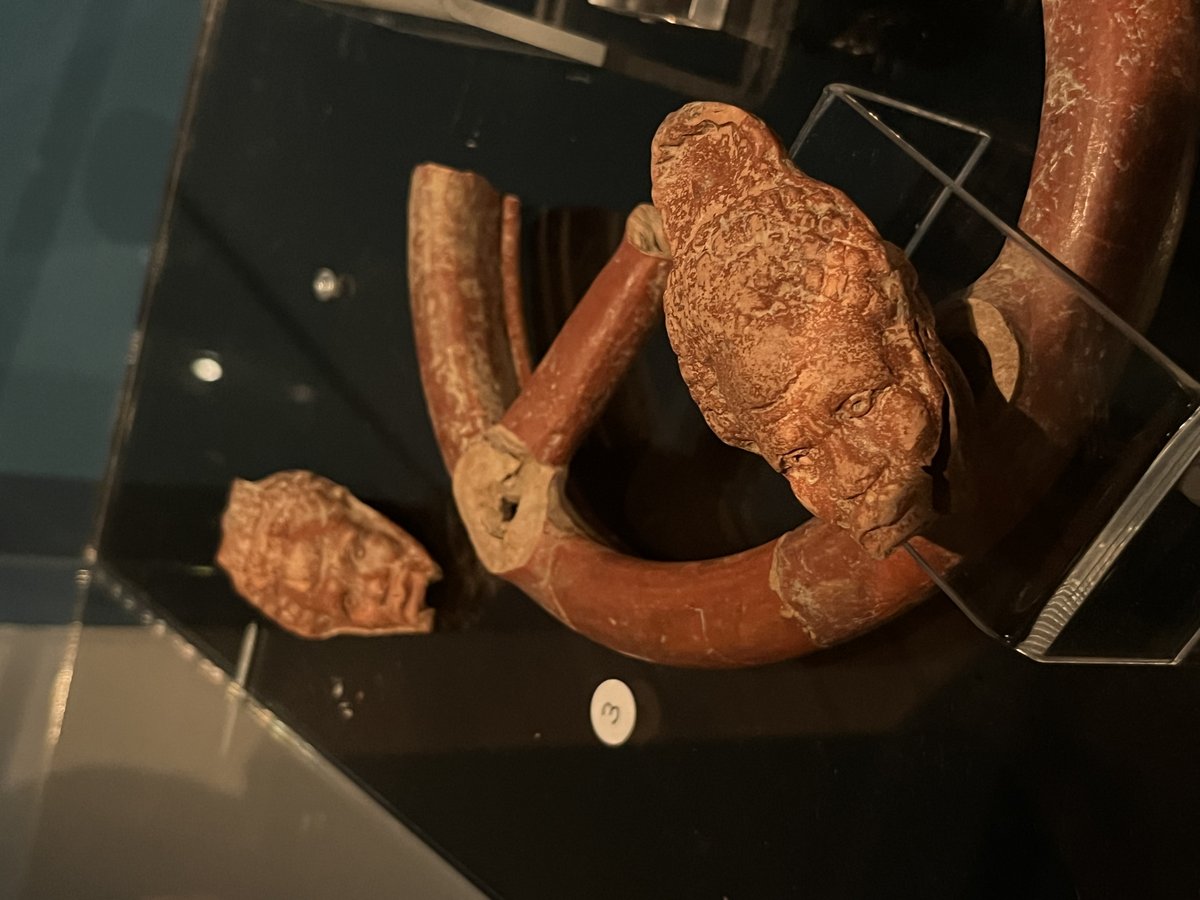
Musée Saint-Raymond: Visiting Hours, Tickets, and Comprehensive Guide to Toulouse’s Premier Archaeological Museum
Date: 14/06/2025
Introduction
Situated in the vibrant heart of Toulouse, adjacent to the UNESCO-listed Basilica of Saint-Sernin, the Musée Saint-Raymond stands as a central pillar of the city’s archaeological and cultural heritage. Renowned for its exceptional collections spanning over 5,000 years—from the Bronze Age through the Roman Empire and into the medieval era—this museum is a testament to Toulouse’s historical depth and cosmopolitan legacy. Housed in a rare example of Renaissance college architecture, the museum not only preserves the material culture of ancient civilizations but also operates as an active archaeological site and a hub for education, research, and public engagement.
This guide provides detailed, up-to-date information on visiting hours, ticketing, collections, accessibility, and nearby attractions, ensuring you make the most of your visit to one of France’s most significant archaeological museums (Musée Saint-Raymond Official; Musées Occitanie).
Table of Contents
- Origins and Historical Evolution
- Architectural Heritage and Features
- Museum Layout and Collections
- Practical Visitor Information
- Educational Mission and Public Engagement
- Conservation and Research
- Integration within Toulouse’s Cultural Network
- Must-See Highlights
- Practical Tips for Visitors
- FAQ
- Conclusion and Next Steps
- Sources
Origins and Historical Evolution
The Musée Saint-Raymond occupies a site with over 1,600 years of continuous history. Originally a 4th-century Christian necropolis, it later served as a medieval hospital, student residence, and university college. The current building, constructed in 1523 by Louis Privat, is an architectural gem of the Renaissance era, reflecting Toulouse’s tradition of pink brickwork due to the scarcity of local stone (Musées Occitanie).
After the French Revolution, the site underwent major transformations, eventually becoming a museum in 1892. Today, visitors can explore the preserved necropolis, lime kiln, and remnants of the original college, all bearing witness to Toulouse’s layered past (Wikipedia; Saint-Raymond Museum Official).
Architectural Heritage and Features
The Renaissance College Building
Recognized as a Historic Monument since 1975, the building is a rare survivor of Renaissance academic architecture. Its harmonious pink-brick façade, mullioned windows, and interior courtyard evoke the intellectual and charitable spirit of 16th-century Toulouse (Musées Occitanie). Careful restorations, particularly by Eugène Viollet-le-Duc in the 19th century, have preserved its historic character while adapting it for museum use (Saint-Raymond Museum Official).
Archaeological Site
Beneath the museum lies an evocative archaeological zone: tombs, sarcophagi, and a lime kiln from the necropolis are visible in situ, connecting visitors directly with ancient Toulouse’s funerary rituals (Musées Occitanie). Interpretive displays and guided tours enhance the sense of discovery.
Museum Layout and Collections
The museum is organized over several levels, each focusing on a distinct period or theme:
- Second Floor: Daily life of the Gauls, Romans, and Visigoths, featuring artifacts, reconstructions, and models (Toulouse Tourisme).
- First Floor: One of France’s best collections of Roman portrait busts, including emperors and mythological figures from the villa of Chiragan, plus marble reliefs of Hercules (WhichMuseum).
- Basement: Preserved necropolis with tombs, sarcophagi, and the lime kiln, offering a direct link to Toulouse’s earliest Christian communities.
Collection Highlights
- Roman Sculptures: The second-largest collection in France, with masterpieces from the villa of Chiragan (source; WhichMuseum).
- Celtic Artifacts: Gold jewelry, weapons, and daily objects from Iron Age settlements (source).
- Medieval Relics: Early Christian sarcophagi and transition pieces from pagan to Christian traditions.
Practical Visitor Information
Visiting Hours
- Tuesday to Sunday: 10:00 AM – 6:00 PM
- Closed: Mondays and public holidays
Always verify current hours on the official website.
Ticket Prices
- Adults: €6
- Reduced: €4 (students, seniors, large families)
- Free: Children under 18, Toulouse residents under 26, and on the first Sunday of each month
- Special Events/Exhibitions: Variable pricing; check the museum site
- Purchase: On-site or via the official website
Accessibility
- Fully wheelchair accessible with ramps and elevators
- Assistance available on request
- Multilingual signage and audio guides (French, English, Spanish, Occitan) (Toulouse Tourisme)
Getting There
- Address: 1 Place Saint-Sernin, 31000 Toulouse, France
- Metro: Jeanne d’Arc (Line A), Capitole (Line A)
- Bus: Several lines serve the Saint-Sernin area
- Train: Matabiau station is a 15-minute walk
- Parking: Limited nearby; public transport recommended
Visitor Services
- Guided Tours: Regularly available in French and English; advance booking recommended
- Cloakroom: Available
- Restrooms: Accessible and equipped for families
- Shop: Archaeological books, replicas, and unique gifts
Photography
- Allowed without flash, except in some temporary exhibitions
Educational Mission and Public Engagement
The museum is a leading center for lifelong learning, offering a rich program of workshops, guided tours, and themed activities for schools and families. Initiatives like “Passeports pour l’art” and playful workshops such as “En avant les dieux!” make the collections accessible to children and students (Académie de Toulouse; Musée Saint-Raymond).
Temporary exhibitions, creative events, and digital resources—including 3D models and open-access catalogues—support both public learning and academic research (La Dépêche).
Conservation and Research
Less than 3% of the museum’s vast collections are on display at any one time; the remainder is preserved for research, conservation, and future exhibitions. The museum collaborates with local and national archaeological bodies to integrate new discoveries and promote scholarly work. Recent digitization projects and open data initiatives have enhanced accessibility for researchers worldwide (La Dépêche; saintraymond.toulouse.fr).
Integration within Toulouse’s Cultural Network
As part of Toulouse’s constellation of museums, Saint-Raymond works closely with institutions like the Musée des Augustins and Couvent des Jacobins. This network offers coordinated educational programs and joint exhibitions, such as the “Cathares. Toulouse dans la croisade” event (Académie de Toulouse; jacobins.toulouse.fr).
Must-See Highlights
- Roman Busts and Reliefs: Over 100 sculptures, especially from the villa of Chiragan, including imperial portraits and mythological scenes (WhichMuseum)
- Hercules Reliefs: Masterpieces of Roman marble carving
- Archaeological Necropolis: Walk among ancient tombs and see the lime kiln in situ
- Celtic Gold Jewelry and Iron Age Tools: Illustrating early regional craftsmanship
- Medieval Christian Sarcophagi: Tracing the shift from pagan to Christian Toulouse
Practical Tips for Visitors
- Best Times: Weekday mornings or early afternoons to avoid crowds
- Duration: 1–2 hours for most visitors; longer for enthusiasts
- Combine Visits: Pair with Basilica of Saint-Sernin or Couvent des Jacobins
- Plan Ahead: Check for temporary exhibitions and special events before visiting
- Digital Resources: Explore the museum’s digital catalogues and use the Audiala app for enhanced tours
Frequently Asked Questions (FAQ)
Q: What are the visiting hours?
A: Tuesday to Sunday, 10 AM–6 PM; closed Mondays and public holidays.
Q: How much are tickets?
A: €6 adults, €4 reduced, free for children under 18 and on the first Sunday of each month.
Q: Is the museum accessible for reduced mobility visitors?
A: Yes, ramps, elevators, and adapted facilities are available.
Q: Are guided tours offered?
A: Yes, regularly in French and English; advance booking is recommended.
Q: Can I take photos in the museum?
A: Yes, without flash, except in designated areas.
Conclusion and Next Steps
The Musée Saint-Raymond offers a rich, immersive experience for anyone interested in archaeology, Roman art, or Toulouse’s layered history. Its central location, outstanding collections, and commitment to education make it an essential stop on any Toulouse itinerary. Plan your visit via the official website, download the Audiala app, and follow the museum’s social channels for the latest updates.
For an even deeper dive, explore related guides to [Top Historical Sites in Toulouse] and [Visiting Basilique Saint-Sernin].
Visual and Interactive Resources
Alt text: Roman sculpture displayed in Musée Saint-Raymond, Toulouse Alt text: Cloister courtyard of Musée Saint-Raymond, Toulouse
Sources
- Musée Saint-Raymond Official
- Musées Occitanie
- La Dépêche
- Toulouse Tourisme
- WhichMuseum
- Académie de Toulouse
- Blog Lodgis
- Wikipedia
